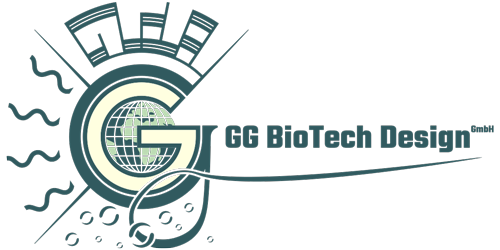
Species Sensitivity Distribution (SSD) Approach in Fresh and Salt Water Microcosm
To understand and quantitatively assess the influence of chemicals in the environment is a complex topic. It becomes increasingly important to provide a refined and detailed risk assessment to predict potential risk for ecosystems.
Coral reef research: Identification of chemical stressors with negative influence on tropic costal ecosystems
Coral reefs act as natural barriers that protect coasts from erosion and storm damage and provide an important source of food through fisheries and other marine resources. Beside these corals also contribute to carbon sequestration by absorbing CO2 from the atmosphere and storing it in the form of limestone.
Towards the development of standard toxicity test protocols for corals
Chemical pollutants may affect corals at very low concentration levels. In focus are skin care products. Beside this run-off of pesticides from agriculture and industrial wastewater are further origins for contaminants in costal water.
Approaches to reduce the negative influence of Aquafarming on the biodiversity and water quality of costal ecosystems
It is now very apparent that climate change significantly affects most ecosystems, resulting in potentially dramatic changes of food webs. Our focus is to effectively use aquaculture and at the same time protect natural resources.
Differences of semi-static systems on growth and sensitivity of Myriophyllum spicatum compared to static test in accordance with OECD 239
The ring-test on the rooted aquatic plant M. spicatum in a water/sediment system was conducted under static conditions. However, guideline OECD 239 also mentions to use systems with several water changes in case of degradation of test item.
Development of Toxicity Test Protocols for Corals
The risk assessment, which is generally performed for any registration of chemical products, does not cover corals up to now. First research on the effects of UV-filters started. However, for the generation of reliable and comparable toxicity endpoints, it is essential to develop a standard toxicity test protocol.
Testing Strategy for Species Sensitivity Distribution (SSD) Tests with Aquatic Plants
The guidelines OECD 238 and 239 with the aquatic plant Myriophyllum spicatum were set up to cover toxicity of chemicals on rooted macrophytes, in addition to the OECD guideline 221 which covers free-floating species.
Approaches to Standardize Methods for Identifying the Negative Effects of Stressors on the Biodiversity of Coral Ecosystems
It is very apparent that climate change significantly affects most ecosystems, resulting in potentially dramatic changes of food webs. Further, chemical pollutants affect ecosystems in a significant way.
Further Evaluation of Macrophytes for Species Sensitivity Distribution (SSD) Tests
The OECD guideline 239 assessing the rooted aquatic plant Myriophyllum spicatum and the OECD guideline 221 assessing free-floating species Lemna spec. are followed to evaluate toxicity to macrophytes in the Tier 1 risk assessment.
Influence of Sun Creams on Corals
Corals play a crucial role in the marine ecosystem. They form one of the most species-rich ecosystems on earth. And coral reefs are one of the most endangered ecosystems.
Identification of Negative Influence of Pharmaceuticals on the Biodiversity of Freshwater Ecosystems with Focus on Water Plant Communities
The interaction of several species in the ecosystem prevents the risk of biological collapse. Aquatic plants are able to stabilize freshwater ecosystems in a significant way. Further, it is now very evident that climate change is significantly affecting most ecosystems, leading to potentially dramatic changes in food webs.
Effects of Cosmetic Products on Photosynthetically Active Organisms in Freshwater Systems
The negative impact of sun creams on marine ecosystems, especially coral reefs, is currently being discussed. One focus is on the effects on the endosymbiotic algae in corals.
